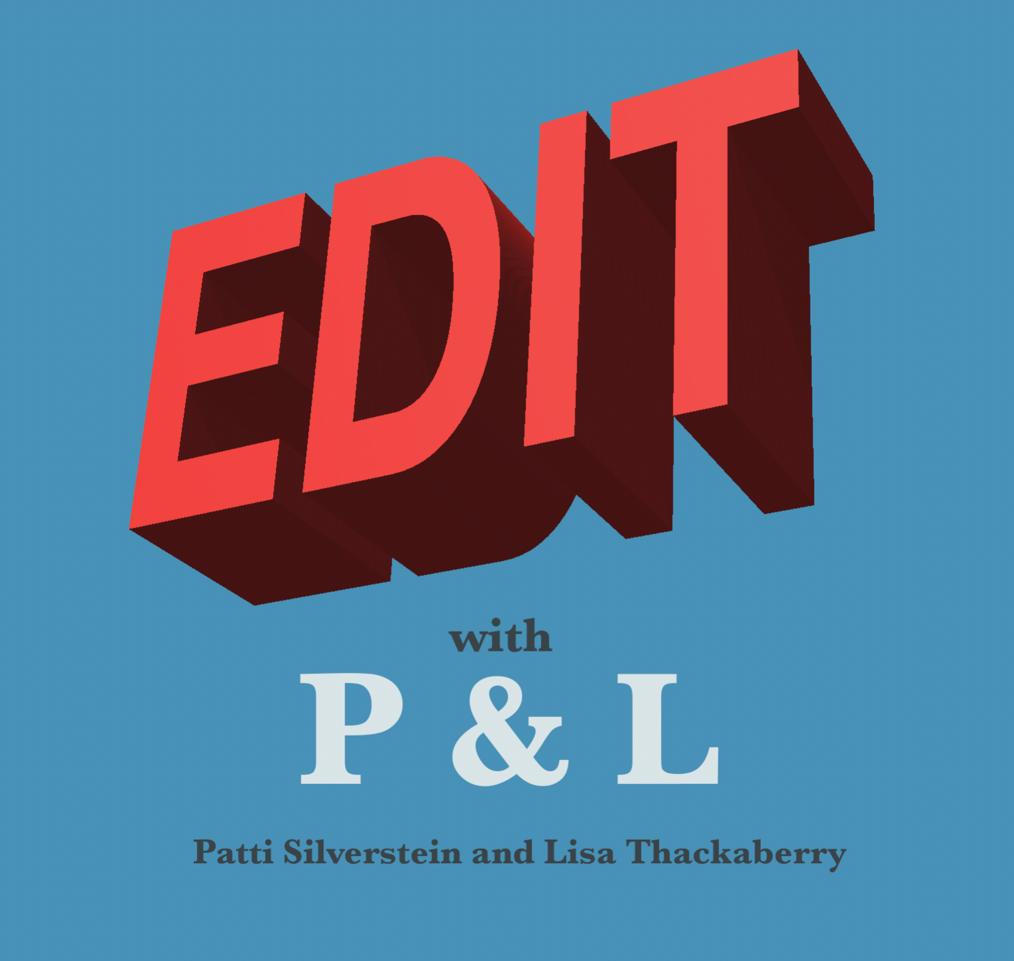Guidelines for editing and sequencing your images
EDITING:
For many photographers, editing is often the dreaded part of the process. We constantly hear photographers express feelings of being overwhelmed and stuck. Our goal is to help photographers to break the process down, move forward and understand that what happens after a shoot is as important as the making of images. Engaging with your work should be exciting and creative.
Following are some suggested guidelines:
Before the Edit
1. What is the message of this project and who is it for.
The work you show needs to be clear and focused. Photographers know what they want to say, they just have to make sure the edited body of work communicates those intentions. If this edit is for your website or portfolio then your choices should communicate clearly what is important for your viewer (potential client) to understand about you. Are you showcasing your technical skills, creativity and/or concepts?
2. Have I shot and captured a wide range of image options?
We encourage photographers to be aware, while shooting, to capture a balance of vertical and horizontal formats, a range of spatial distance and placement of the subject, a variety of angles, interesting compositions, and color palette options. Are you telling the story with both the information and emotion to make the narrative compelling? You want options for a variety of usages; the needs of a client, your website, portfolio and marketing /promotional purposes.
The Editing & Sequencing Process
• We recommend approaching the edit in three separate phases:
1. In the first phase stay as open minded as possible and don’t overthink. Go with your gut and intuition for which images standout and speak authentically to you. Remove all the ones that won’t be included for obvious reasons (technical or composition). Start a broad narrowing down.
Before jumping into the second phase we strongly suggest stepping away for a day or so. Literally sleeping on it. It’s surprising how differently you see things with a fresh set of eyes. The editing and sequencing process takes time!
2. The second phase is where your more critical eye comes in. Viewing in thumbnail mode can be helpful in identifying images that really stand out. Observe your tendencies and see if you’re favoring particular formats or compositions. Think about how you want to display the images - in a series or just individually. Is there a narrative building or a timeline of significance? Are there pairings that begin to emerge? Have you included interesting detail shots to support the story? Do you feel enough energy overall when viewing in thumbnail mode or is it feeling static?
Step away again … don’t rush it. This could also be a good time to get another pair of trusted eyes on your edit.
3. The third phase is where you really get down to the essentials. Does the final selection of images clearly reflect and reinforce the message you want to communicate? Have you brought the viewer in and really engaged them? Is each image strong enough to include and are they fitting together as one cohesive body of work? Are these final images creating a singular vision that can be no one other than you?
• Sequencing:
Sequencing is where the transformation happens and is an extremely important part in telling the story. There has to be a flow and rhythm much like a musical composition – a beginning and then a dynamic way to get to the end. Spend time thinking about the first image since this will set the tone for the direction of the layout. The last image in the se-quence can relate back to the first or it can be the visual bookend.
When pairing images you are actually creating a new composition and meaning. Pairs can work because of relationships of color, shapes and lines or from the content juxta-positions.
.
When pairing and sequencing click, there will be no question in your mind – it’s that clear.
Most importantly at the end of the day, have fun!
 From P&L Editing (Patti Silverstein and Lisa Thackaberry), editing for
From P&L Editing (Patti Silverstein and Lisa Thackaberry), editing for
photographers both individually and in small, workshop groups. pattiandlisa.com
